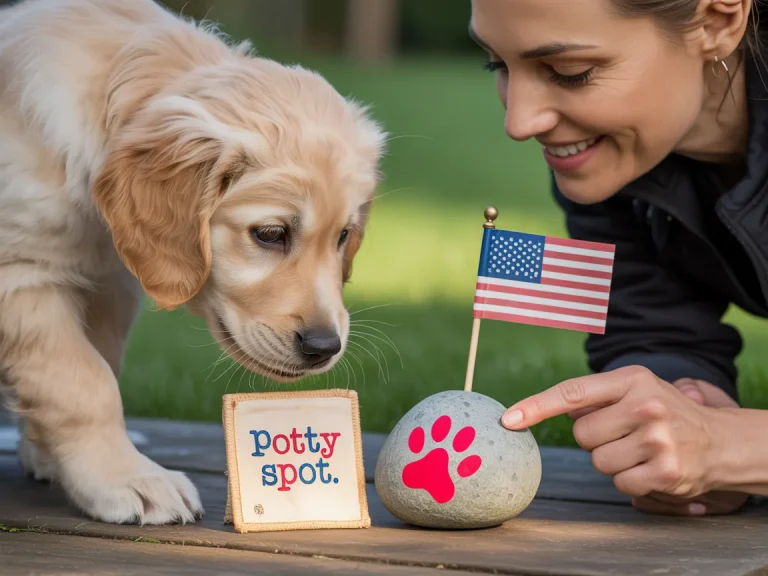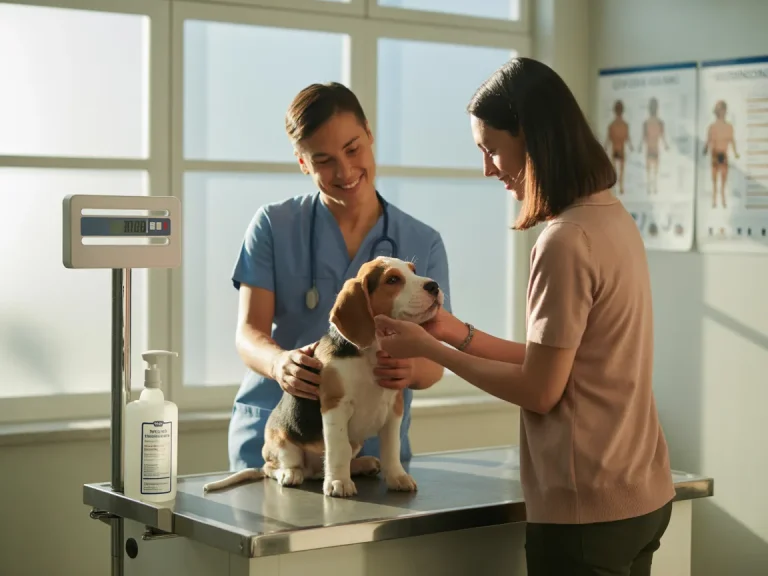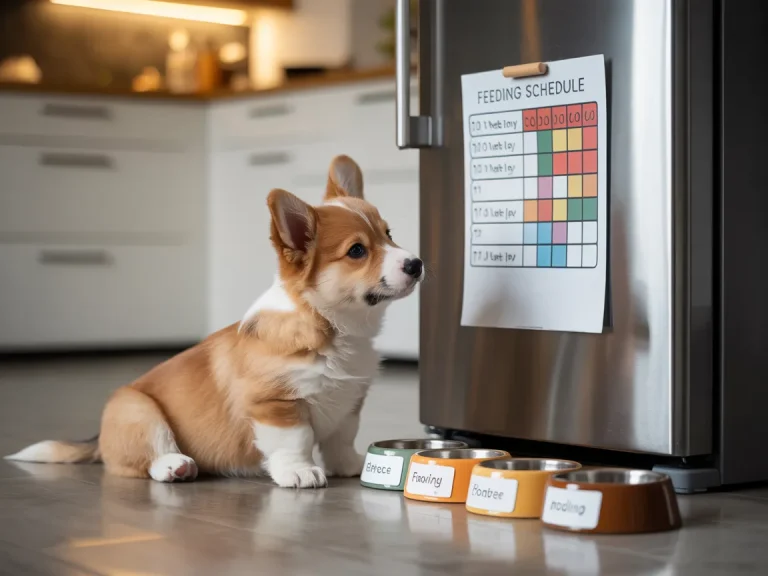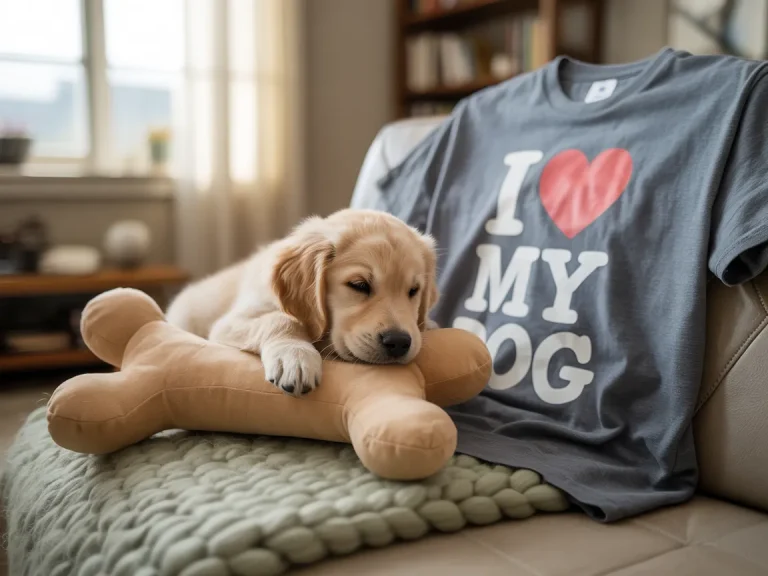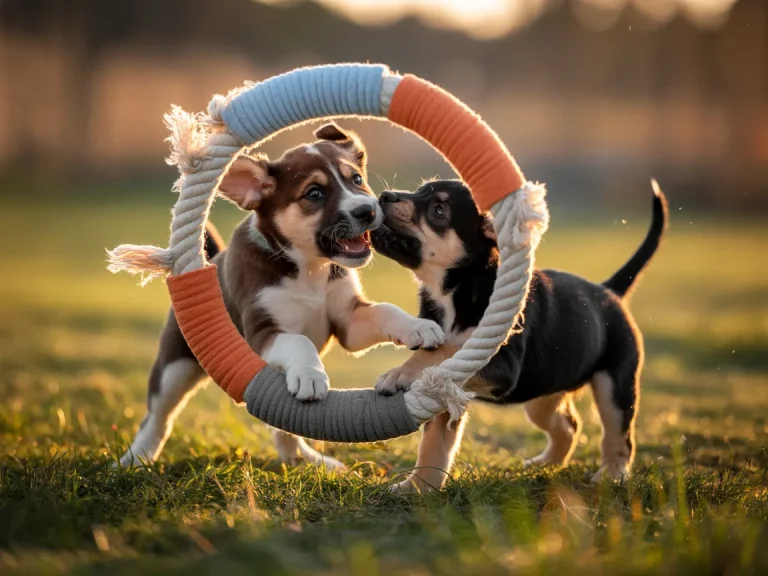Bringing a rescue puppy into your home is like opening the door to a world of wagging tails, sloppy kisses, and unexpected adventures. You’re not just welcoming a pet—you’re giving a second chance to a little soul who’s been through the ringer. Exciting, right? But it also means rolling up your sleeves and getting ready for the delightful chaos that comes with puppyhood.
Why Adopt a Rescue Puppy?
Have you ever heard the saying, “Stars can’t shine without darkness”? Rescue puppies are the brightest stars—they’ve already been vaccinated, spayed or neutered, and usually microchipped, so you’re starting on solid footing. Many come with a basic health check and a taste of human interaction, which means less guessing and more bonding from day one.
Plus, by adopting, you’re chipping away at pet overpopulation—one wag at a time. Who knows what surprises a mixed-breed ball of fluff might bring? That dachshund-beagle blend could have the heart of a marathoner or the ears of a comedian. Either way, it’s a story you’ll tell for years.
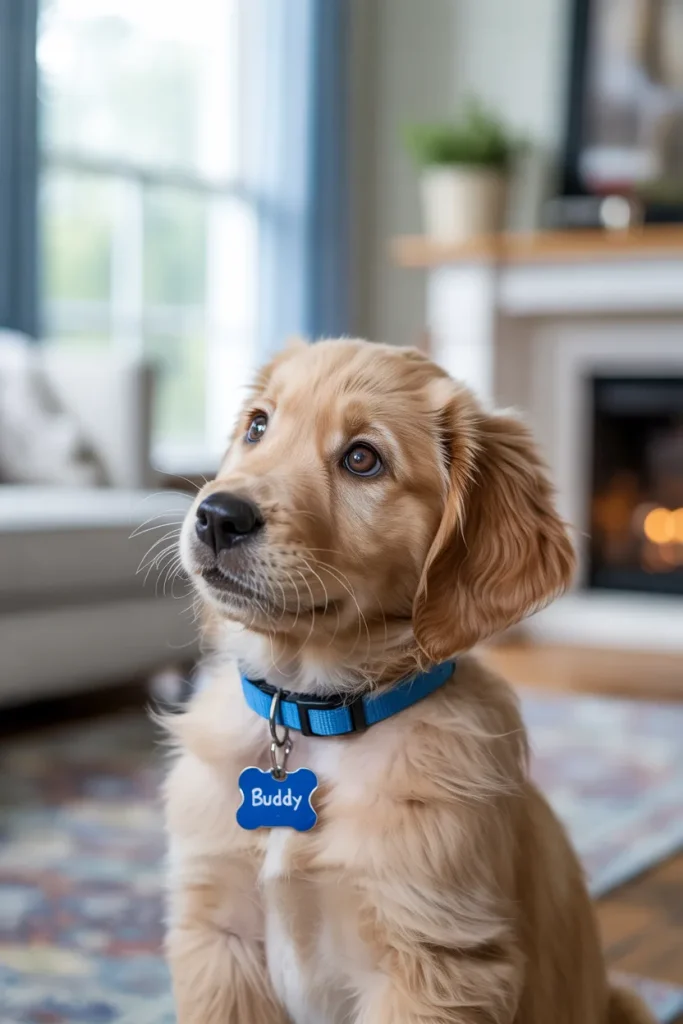
Preparing Your Home for a Puppy
Think of your home as a new puppy’s first apartment: you want it safe, snug, and full of things to explore.
Puppy-Proofing Your Space
It only takes one curious nibble to remind you that electrical cords can look an awful lot like licorice to a teething pup. Tuck them away. Remove any plants that carry a “do not eat” label (your little Houdini can climb into unexpected spots). And keep cleaning supplies and meds locked up—because puppy love doesn’t come with common sense.
Gathering the Essentials
Your new friend will need a comfy crate or playpen—think of it as their personal den, a place to retreat when life feels like a whirlwind. Sprinkle in a couple of chew toys or puzzles to keep that busy brain entertained, and pick out bedding that feels as inviting as your favorite armchair. Don’t forget a sturdy collar with an ID tag (because little adventurers have a way of roaming), and stock up on age-appropriate food and water bowls. Oh, and snip those nails—it’s spa day for paws, too.
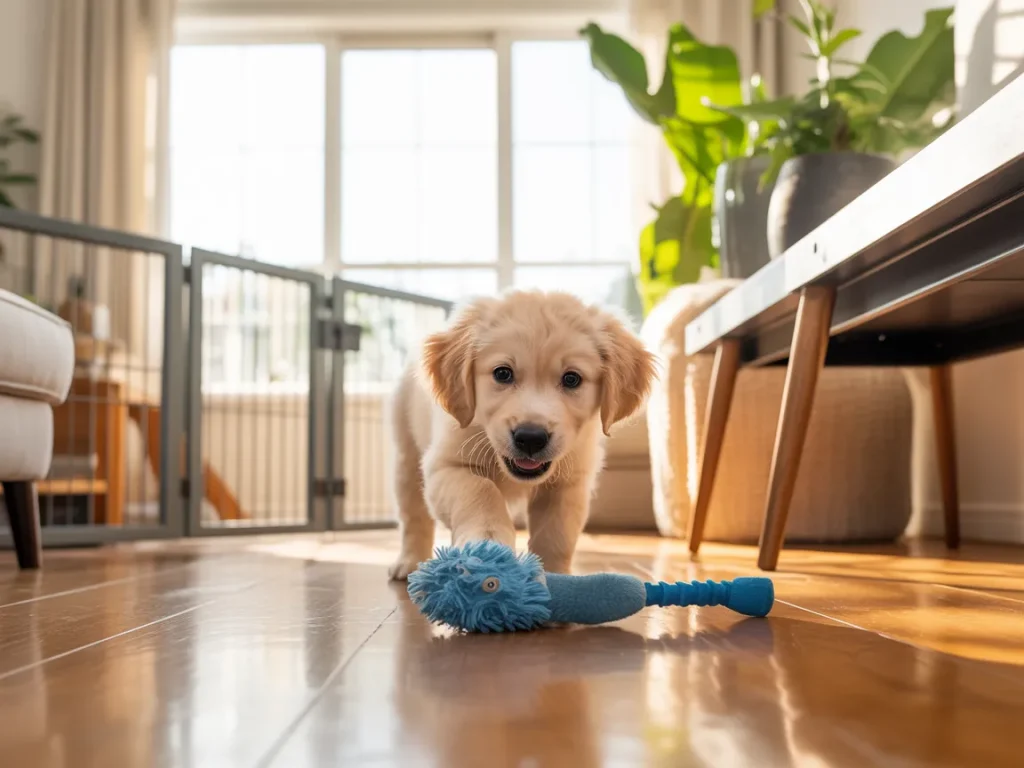
Understanding Shelter and Rescue Processes
Every organization dances to its own tune, but the melody is similar: you’ll start by filling out an application that asks about your daily rhythm—kids or no kids, a yard or a high-rise apartment. Then comes a friendly chat (phone or in-person) where you swap stories about your lifestyle, followed by a home visit in some cases—just a quick peek to make sure Fido’s first home is as safe as it is loving.
Next up is the meet-and-greet, where tails wag and hearts decide if it’s a match. Finally, there’s the adoption fee, which usually covers medical costs and keeps the shelter’s doors open for the next pup in need. It can feel like a mini-marathon, but trust me, when you lock eyes with your future best friend, every step feels like a victory lap.
So, are you ready to welcome a little rescue heart into your life? It’s a journey sprinkled with puppy breath, muddy paws, and endless love—and I promise, it’s worth every moment.
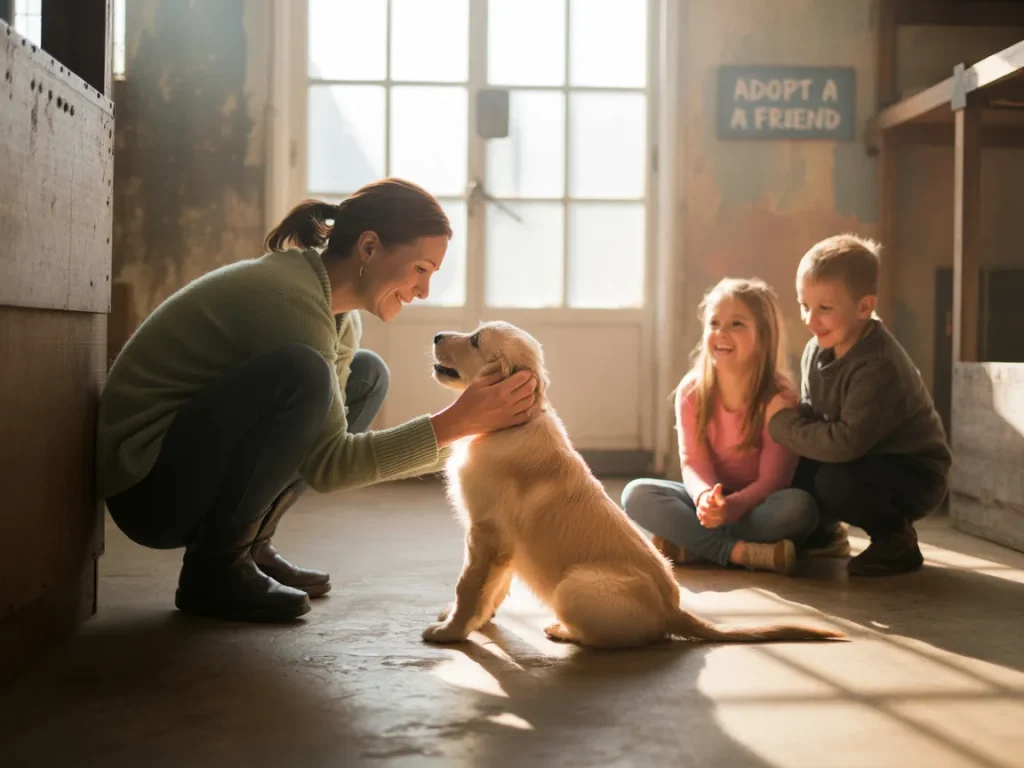
Bringing Your Rescue Puppy Home
The first week with your new pup is like moving into a fresh apartment together—you’re learning each other’s rhythms, quirks, and favorite hiding spots. Nail down a routine, sprinkle in social adventures, and you’ll set the stage for a lifelong friendship.
Establishing Routine
Ever notice how a favorite TV show feels comforting when it always airs at the same time? Puppies thrive the same way. Serve meals and leash-up for walks on a predictable schedule, and your pup will start trusting that you’re the provider of all good things. Think of the crate as a cozy reading nook rather than a time-out corner—soft bedding, a few chew toys, and you’ve got a safe haven. And when you slip in a quick “sit,” “stay,” or “come,” it’s like teaching baby words: celebrate each tiny victory, because those small wins build up to a well-mannered companion.
Socialization and Training
Want a puppy who’s the life of the dog park? Roll out the welcome mat for a parade of humans—kids, grandparents, neighbors—so your pup learns that different faces mean belly rubs, not danger. Then add in a few well-mannered, vaccinated dog friends for playdates; it’s like signing them up for etiquette school. Don’t shy away from the household soundtrack either—bring out the vacuum, ring the doorbell, play some music. If all that feels like juggling chainsaws, a positive-reinforcement training class can be your secret sauce. Picture a puppy boot camp disguised as playtime, where chewing and barking dramas get swapped for polite paw-shakes.
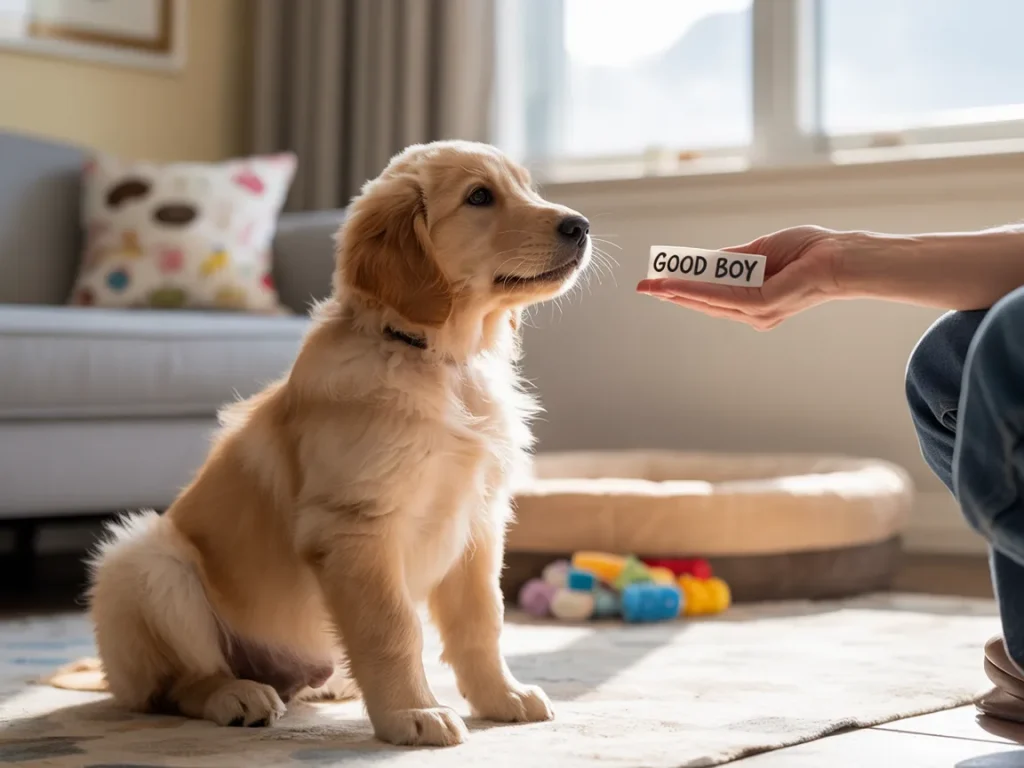
Considering Costs and Time Commitment
Opening your heart (and home) to a rescue puppy is priceless—but the practical side deserves a closer look. Adoption fees generally land between $100 and $400, which covers most of the puppy’s initial vet care. Equipping your pup’s new suite—crate, plush bedding, chew toys, grooming tools—can run you around $200–300, like outfitting a mini luxury spa. Then there’s the ongoing buffet and healthcare plan: quality kibble, vaccines, routine check-ups—you’re looking at roughly $500–700 per year.
Time is the other currency of puppy parenthood. Those adorable eyes will expect multiple potty breaks, training snippets, and play sessions every single day. Think of yourself as part chauffeur, part tutor, part stand-up comedian. And don’t forget a rainy-day fund for surprise vet visits—puppyhood can come with its share of tumbles and tummy upsets. If your schedule is tight, line up flexible work hours or tag-team with friends and family so your pup doesn’t spend hours perfecting the art of the sad puppy stare.
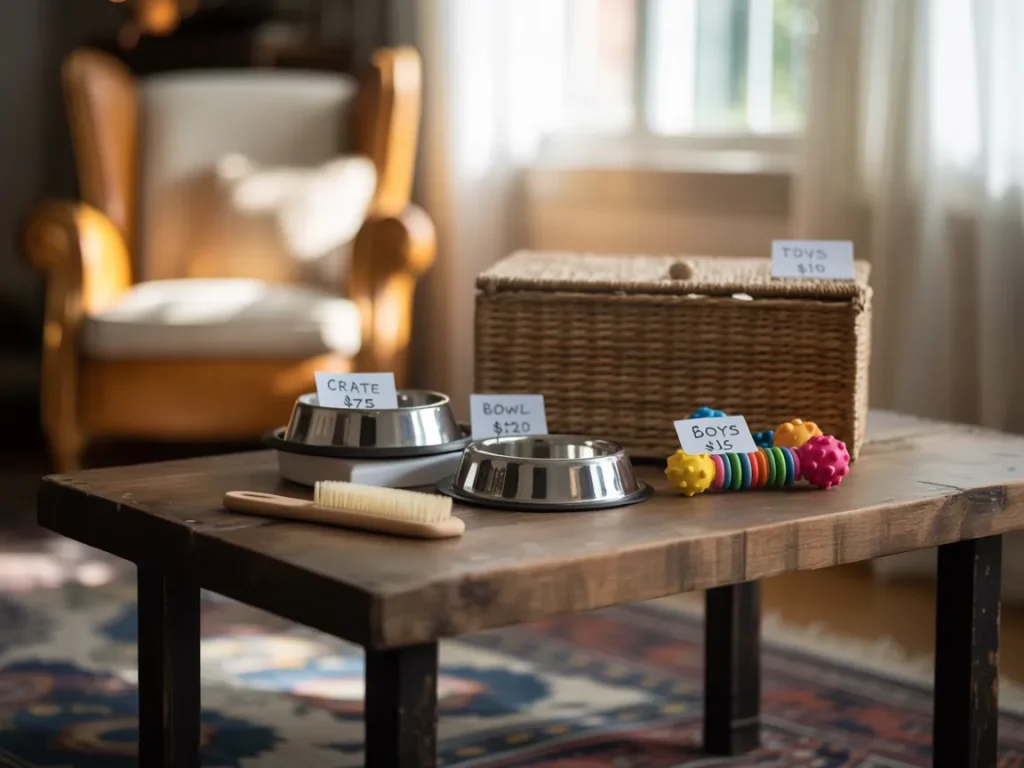
Special Considerations for Specific Breeds
Dachshund Rescue Puppies
There’s nothing quite like a dachshund strutting around with all the confidence of a full-sized hound wrapped in a low-slung body. But those long spines are prone to trouble—so think ramps instead of leaps and stairs instead of gravity-defying jumps. A supportive bed that cradles their joints, like a soft down duvet, keeps them comfy and less prone to back woes. For detailed back-health tips, check out the AKC’s Dachshund breed profile.
Shih Tzu Rescue Puppies
Shih Tzus are like little four-legged royalty draped in a silken coat. Daily brushing keeps their mane in line and mat-free—no one wants a tangled crown. Their big, soulful eyes are prone to tear stains, so gentle facial wipe-downs are a must if you’d like those peepers to sparkle. And with that adorable short snout, skip the marathon sprints on hot days; think leisurely, shady strolls—more tea-time promenade than triathlon.
Rehabilitation and Patience for Rescue Puppies
Rescue puppies often carry invisible backpacks full of old fears—maybe abandonment, a whirlwind of new sights, or simply not enough snuggles early on. Helping them unpack those worries takes time, kindness, and a sprinkle of creativity. Remember: you’re not rewiring a robot; you’re coaxing a heart back into trust. For step-by-step socialization tips, visit the AKC’s socialization guide to puppy socialization.
Understanding Emotional Scars
Some pups freeze at the sound of a slamming door or cower when hands reach out. That’s their past talking. Your job is to whisper a new story—one where home means comfort, not chaos.
Gentle Techniques to Build Confidence
Think of these methods as the building blocks of a puppy’s emotional skyscraper:
- Gradual Introductions
Let your pup roam new rooms in snail-like increments. One corner today, the whole living room tomorrow. No rush. - Positive Reinforcement
Every calm moment deserves a celebration—treats, praise, belly rubs. Harsh words? They only echo old fears. - Desensitization
Pair scary sounds (vacuum, thunder) with tasty rewards. Soon your puppy will think the vacuum is the next best chef in town. - Professional Support
If anxiety digs in its nails, a certified behaviorist is your rescue squad. Don’t go it alone.
Small wins to cheer:
- First relaxed yawn in the crate
- Tentative sniff around a new toy
- Soft, trusting tail wiggle when you enter the room
Celebrate each milestone like you’d applaud a friend finishing a marathon.
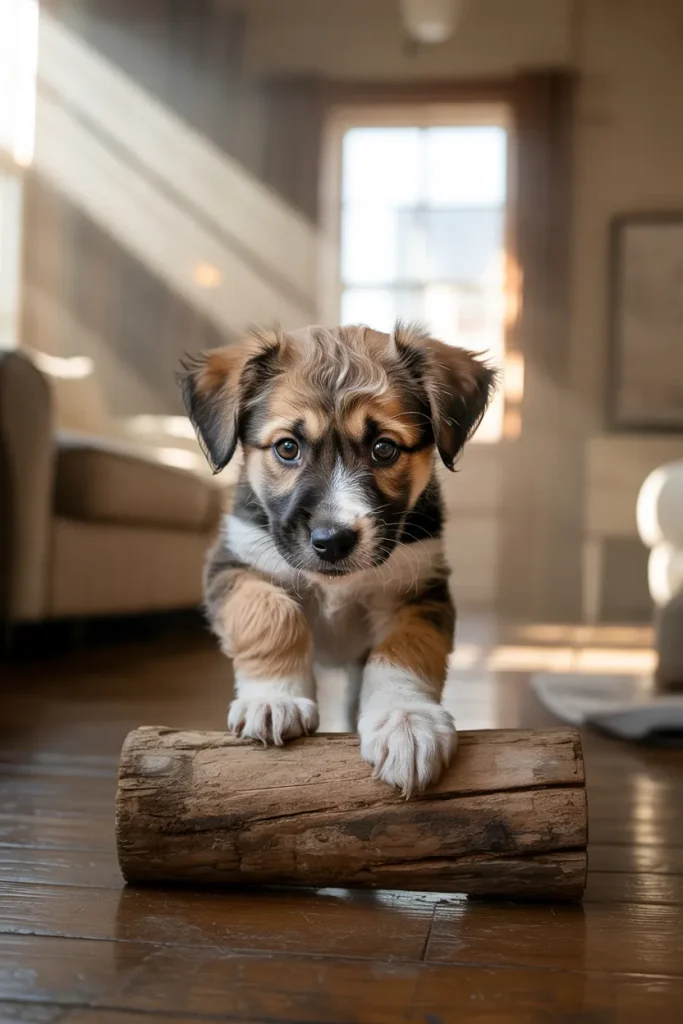
Choosing the Right Rescue Organization
Not all rescues wear capes—some have secret superpowers of their own. Picking the right team sets you and your puppy up for success.
Local Shelter
- Variety of breeds: From scruffy mutts to purebred darlings.
- Community ties: Often more walk-in events and volunteer-driven care.
Breed-Specific Rescue
- Deep expertise: They know dachshunds’ backs and Shih Tzus’ snouts inside out.
- Specialized support: Breed-focused training tips and health info.
What to Look For
- Transparency: Clear medical histories and temperament notes.
- Post-Adoption Help: Training classes, behavior check-ins, a friendly ear when puppy questions pop up.
- Open Doors: Adoption fairs or open houses let you meet the humans behind the kennel.
Building a rapport with the rescue team is like having a safety net—you’ll lean on them long after you’ve brought your pup home.
Building a Lifelong Bond
A rescue puppy’s trust is the ultimate treasure—here’s how to earn it, day by day:
- Daily Play Sessions
Think interactive toys, short fetch games, or hiding treats for a mini treasure hunt. - Consistent Training Touchpoints
Five minutes of “sit” and “down” sprinkled throughout the day prevents brain boredom. - Regular Grooming Rituals
Brushing, nail trims, and a gentle teeth rub—spa days are bonding days. - Quiet Quality Time
Cuddle on the couch or read aloud; your calm presence is a puppy’s comfort blanket.
Patience and positive vibes will pave the path from timid whiskers to confident sniffs.
Common Challenges and Solutions
Even the most well-adjusted rescue puppy hits a snag now and then. Here’s a quick-fix toolkit:
- House-Training Slip-ups
- Solution: Upping potty breaks and walking them right after meals. Cheer them on when they go outside!
- Separation Anxiety
- Solution: Short, solo moments with an engaging puzzle toy. Build up those solo skills like a Gradual Independence Program.
- Furniture Chewing
- Solution: Swap a chair leg for a chewy rubber toy. Keep off-limits items out of paw’s reach and reward the right choice.
Tracking these snags on a little checklist (even a mental one) helps you spot patterns—and nip them in the bud.
Conclusion
Welcoming a rescue puppy is like planting a seed in rocky soil—you’ll need water, patience, and a lot of gentle encouragement, but the bloom is worth every drop. From unpacking old fears to building new routines, your love and consistency will turn a timid pup into your most devoted friend. So, are you ready to watch that wag transform into wholehearted trust?or a gentle shih tzu rescue companion, your patience and love will make all the difference.
Disclaimer: This article is for informational purposes only and does not constitute professional veterinary advice. Always consult a licensed veterinarian or certified dog trainer regarding the specific needs and health of your dog.
